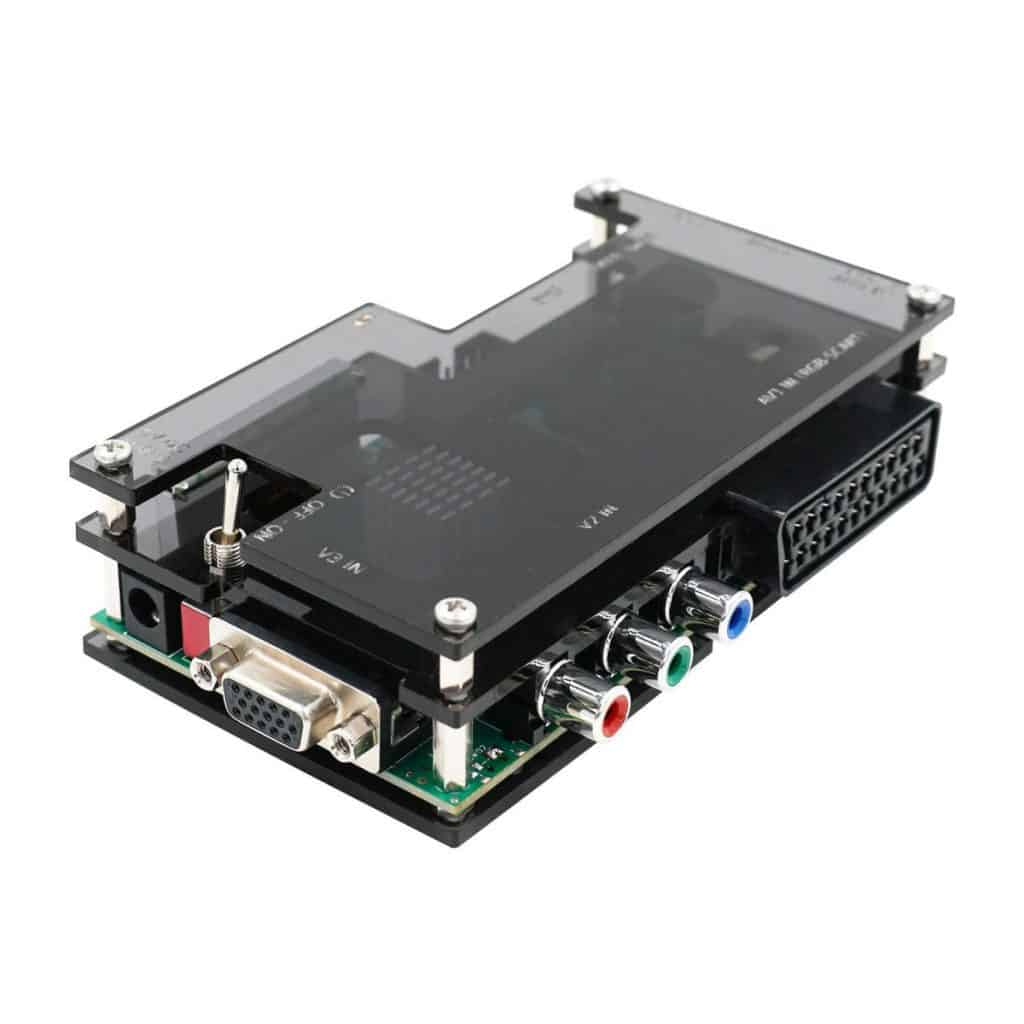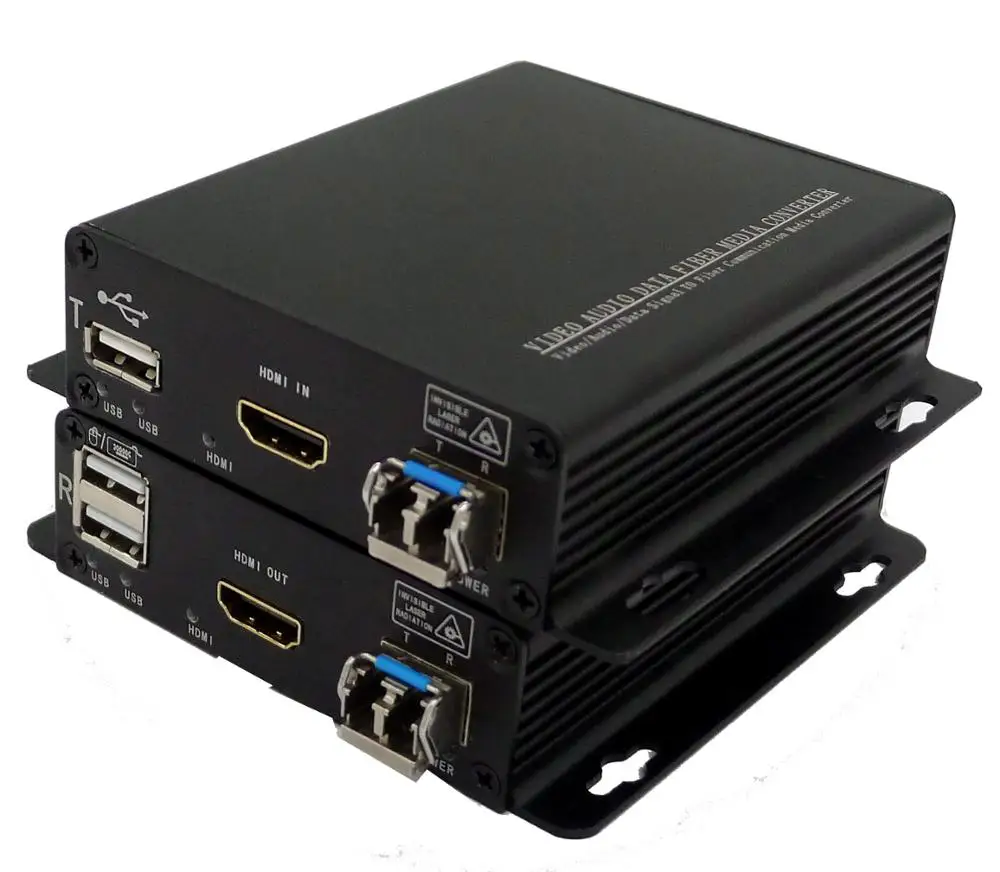

- #1080p to 4k converter upscaler box low latency 720p#
- #1080p to 4k converter upscaler box low latency full#
- #1080p to 4k converter upscaler box low latency 240p#
It depends on the hardware doing the job and that's not completely dependent to either a tv/player/or converter.
#1080p to 4k converter upscaler box low latency 240p#
There are exceptions though, like if you are trying to emulate a CRT with a shader, the higher resolution you do this at (With typically 240p material), the better it will look.īottom line is that I believe the same issues are still present that happened with HD upscaling SD media. Even if playing a game with a huge amount of SSAA at a lower res vs playing at native with a lower level of SSAA Nothing will generally look better than native. Take a picture at 960x540 (A PSvita game basically) and then do a generic typical linear upsample to 1080p. But in general, the bigger ratio of upsampling you have to do, the worse it looks.
#1080p to 4k converter upscaler box low latency 720p#
The gap from 1080p to 4k, is nearly twice as big as 720p is to 1080p.(4x vs 2.25x) It's only partly masked by the fact there are so many pixels to begin with. Most TVs and scalars, do NOT do point scaling. Which is really only useful for old low res stuff.

It still has to interpolate and fill in the gaps.Ģx2 upscaling is going to only benefit if you are doing Point integer scaling. Scaling up by 2x2 doesn't make the scaling better sorry. Of course the fancy AVRs might cost more than your TV The easy way being having your AVR doing it. GPU upconverting is also just "fine" - better to get super powerful GPUs if you wanted to play games in 4k), but there are much better options. Short version, the scaler in the TVs are "fine" (ones in monitors are NOT. (It was ez to test by a push of a button on the AVR remote app.) Honestly i was planning to stick to just the TV scaler for most stuff, but i recently had my TV calibrated and the tech suggest I use the AVRs scaler. If i wasn't lazy i'd run all my non-4k content through the oppo. Playing the Nintendo Switch on a 65" LG G6 with the built in scaler wasn't pretty to look at.

Both my Receivers (Denon AVR-X7200WA / Pioneer SC-LX901) and my oppo-203 do a much better job at upconverting vs the TV.

I have a few of the LG OLED TVs (including one of the 2017 models.)īut not ". The scaler isn't bad in most of the new TVs. If you're watching a channel and it looks terrible, chances are the best scaler on Earth isn't going to make it watchable. The thing is, the difference between the best scalers in A/V gear and the one in your TV is pretty small (as long as your TV is decent). I've seen incredibly well-upconverted HD images that were near indistinguishable from real 4K content (and so have you, as a fair amount of 4K content is upconverted before it even gets to your TV). The best scalers can create an image with much greater apparent detail and lower noise than the worst scalers. This is not to say that all scalers are equal.
#1080p to 4k converter upscaler box low latency full#
Anything you send it, it shows full screen, fully upconverted. …your TV's internal scaler is "fine." It will do all this upconverting automatically. A fancy receiver that does 4K upscaling is on my list, but do those of you who already have separate scalers see a difference? Ideally, what I want to do is build a new HTPC that is powerful enough to run madVR’s most intensive upscaling options, which may be the best solutions out there. Is this guy right? I finally jumped into 4K with a new LG OLED, and the first thing I noticed was that upscaled 1080p material didn’t look nearly as bad as I thought it would.


 0 kommentar(er)
0 kommentar(er)
